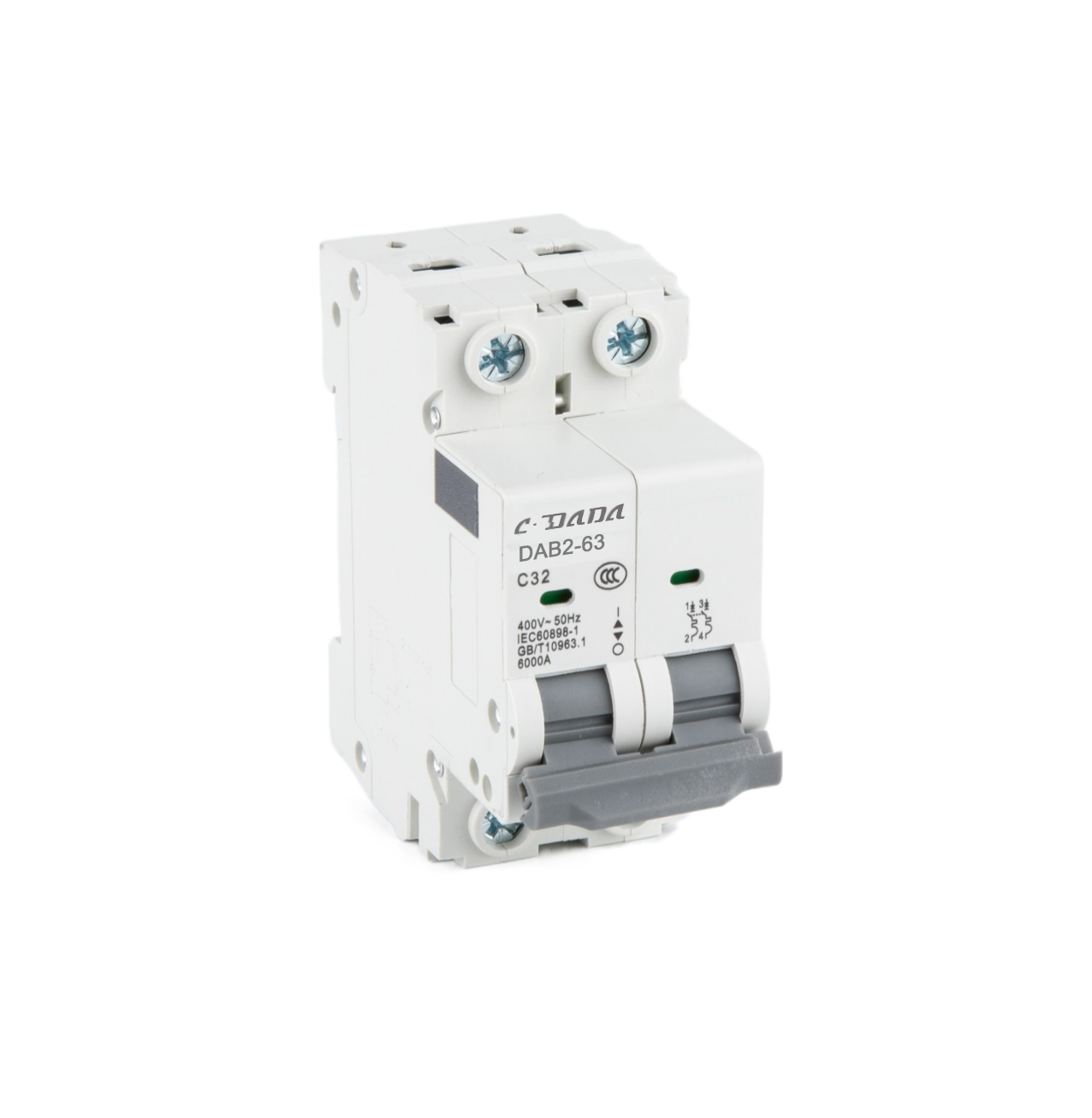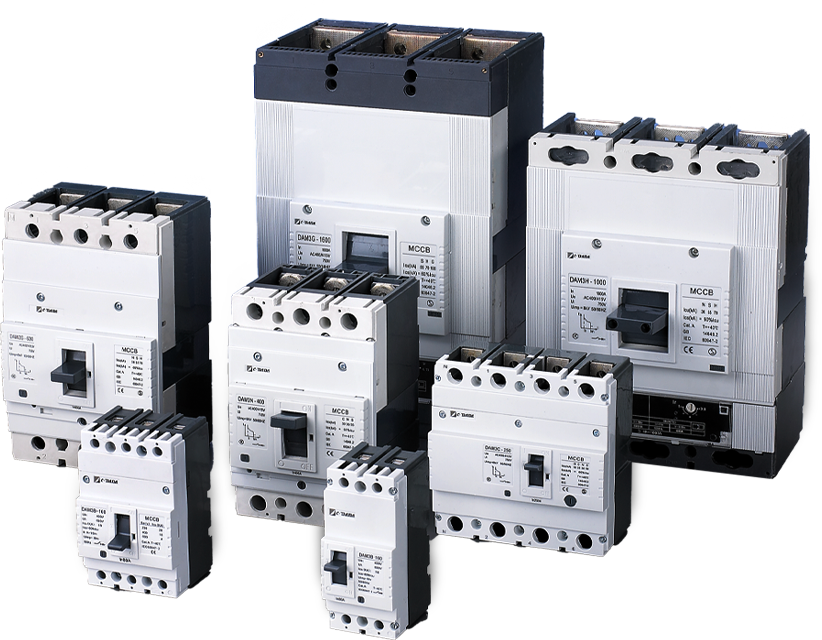In modern electrical systems, ensuring safe operation not only relies on efficient power transmission and equipment control, but also depends on fast response to faults and effective isolation. As one of the most common and destructive electrical faults, short circuit is directly related to personnel safety, equipment protection and system stability.
In this context, “short-circuit breaking current” has become a core index in the evaluation of circuit breaker performance. It represents that under extreme conditions, the electrical protection equipment can decisively and effectively interrupt the current flow and prevent the accident from spreading further. Therefore, understanding this concept and the correct selection, is a key link in the design of electrical engineering can not be ignored.
Low-voltage circuit breaker is a kind of automatic electrical protection device designed for low-voltage power distribution system, and its main function is to quickly cut off the circuit in the event of abnormalities such as overloading, short-circuiting or leakage, so as to protect the personnel and equipment from the effects of electrical faults.
According to different application requirements, low-voltage circuit breakers can be subdivided into small circuit breakers (MCB), molded case circuit breakers (MCCB), air circuit breakers (ACB) and residual current circuit breakers (RCD). They are widely used in industrial control cabinets, building power distribution systems, data centers and new energy projects.
As one of the leading manufacturers of low-voltage electrical appliances in China, SHANGHAI DADA ELECTRIC CO., LTD. has three production bases, which are dedicated to the research, development and export of all kinds of low-voltage circuit breakers and their supporting electrical accessories. With strict quality management system and many international certificates, Dada Electric products have been served in engineering projects in many countries and regions around the world.

“Short Circuit Breaking Current” (Short Circuit Breaking Current), also known as “breaking capacity” or “breaking capacity”, is the maximum value of current that can be safely cut off when a short circuit fault occurs. Short Circuit Breaking Current, also known as “breaking capacity” or “breaking capacity”, refers to the maximum value of current that can be safely cut off by a circuit breaker in the event of a short-circuit fault. This value is usually expressed in amperes (A) or kiloamperes (kA), which is an important technical index to measure the ability of circuit breakers to cope with extreme faults.
When a short circuit occurs, the current will dramatically increase to dozens or even hundreds of times the rated value in a very short period of time. At this time, if the circuit breaker is unable to complete the action within its breaking capacity, it may lead to serious consequences such as contact melting, equipment destruction and even arc explosion.
Therefore, the correct understanding and reasonable matching of short circuit breaking current is crucial for the protection of system safety. In the actual application environment of circuit breakers, it is necessary to choose the model whose breaking capacity is higher than or equal to the maximum short-circuit current that may occur in the power grid, in order to ensure that it can function reliably in critical moments.
Short-circuit breaking current is not just a parameter, it is directly related to the safety limits of an electrical system. In industrial facilities, large commercial buildings or data centers, distribution systems often carry high-capacity loads, and in the event of a short-circuit, the current will instantly rise to extremely high values. If the breaking capacity of the circuit breaker is insufficient, it may lead to failure of the switchgear, burnt cables, or even cause equipment explosion and fire.
Therefore, in the system design or equipment selection, engineers need to assess in detail the maximum short-circuit current that may occur at various points in the system, and accordingly select circuit breakers with the appropriate breaking capacity. For example, in a large distribution circuit, if the maximum short-circuit current is expected to be 25kA, the rated breaking capacity must be selected not less than 25kA circuit breaker.
Circuit breakers with sufficient breaking capacity not only protect the stable operation of the system, but also leave enough safety redundancy for later maintenance and expansion. This is the first step of intelligent selection and risk prevention.

Calculating the short-circuit current that may occur in an electrical system is not an easy task and involves a number of factors, including:
The rated voltage of the system
Transformer capacity and impedance
Busbar length and cable cross-section
Motor reaction current, etc.
Together, these parameters determine the maximum current that a system can withstand in a short-circuit condition. In order to improve the accuracy of the calculation, engineers usually use professional short-circuit calculation software, such as ETAP, DIgSILENT PowerFactory, etc., to carry out model construction and dynamic simulation.
By simulating short-circuit scenarios under various operating conditions, designers are able to more accurately determine the required circuit breaker breaking capacity of each distribution node. This not only improves the reliability of the power distribution system, but also makes the product selection more targeted and secure boundaries.
Understanding the concept of “short-circuit breaking current” is essential for the safe operation of electrical systems. Correctly assessing the maximum short-circuit current that may occur in the power grid and choosing circuit breakers with appropriate breaking capacity can effectively prevent risks, reduce losses and realize long-term stable operation.
As a leading manufacturer of low-voltage circuit breakers in China, SHANGHAI DADA ELECTRIC CO., LTD. has always insisted on quality as the core, and its products have passed a number of international certifications such as CB, CE, KEMA, ASTA, etc., and have been widely used in projects on five continents around the world. Whether in the field of industrial automation, power systems, transportation infrastructure or new energy, we are committed to providing customers with safe and reliable electrical protection solutions.
Need to choose the right circuit breaker for your project? Contact the DADA Electrical team for expert selection advice and customized support.